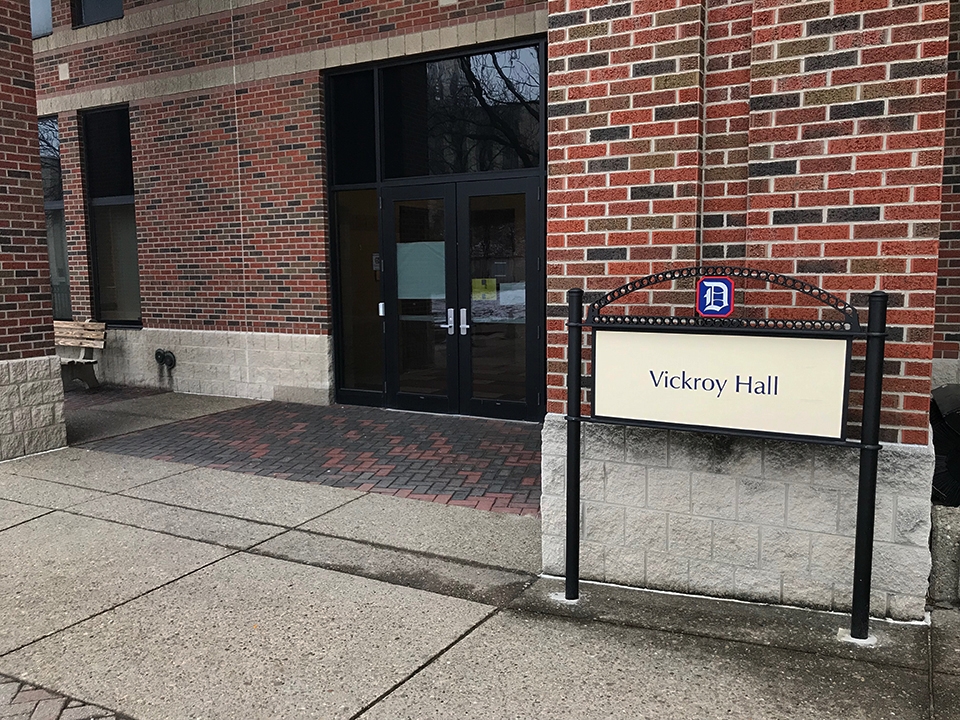
By Leah Devorak | Layout Editor

Global pop star Taylor Swift recently came under fire for her music video, “Wildest Dreams,” which portrays the tragic love affair of two actors in 1950 as they film a movie set in Africa.
While the premise of the video is innocent enough, Swift and director Joseph Kahn are facing scrutiny for the project’s setting – more specifically for what the setting lacks: black people.
According to Kahn, this so-called “white-washing” isn’t true. As The Valdosta Daily Times reports, Kahn said that several black people can be found in the video’s various shots. They’re just mixed within the crew members of the fake film and thus can be easily missed.
Watching the video a few times over will prove this to be true. But to do so requires switching into full-screen mode and finding a magnifying glass.
But that doesn’t necessarily mean the video was white-washed. As Kahn points out in the statement he made last week, the video was just trying to be accurate.
“This is not a video about colonialism but a love story on the set of a period film … in Africa, 1950,” Kahn said. “We collectively decided it would have been historically inaccurate to load the crew with more black actors as the video would have been accused of rewriting history.”
Kahn also added that the crew members are so far away because the video isn’t about them. It’s about Swift and her co-star Scott Eastwood, which means there’s no point in focusing on anyone else.
With race relations as tense as they are in the United States, it’s easy to see why being historically accurate could get confused with being blatantly racist – especially when the part of history being referred to is one known for racism. But compared to the actual reality it’s trying to show, the video could have been a lot worse.
For one, there could have been no black people at all, which actually is the most historically accurate considering the fact that the music video doesn’t really even take place in Africa. Rather, the film was shot inside a Hollywood studio in front of a picture of an African savannah. The real plains that “Wildest Dreams” shows are just a part of Swift’s own wildest dreams, as is revealed toward the end of the music video.
Even though the film was still supposed to be portraying Africa, because it takes place in 1950, there still wouldn’t have been a black representation due to racial beliefs in the country in which it was being made. Just take an actual film that was released in 1951 for example, “The African Queen.” It was filmed in Hollywood yet had a plot set in Africa. There was only one uncredited African who played a native soldier, but in Swift’s video, there are many.
So by that standard, “Wildest Dreams” is actually exponentially better than it could have been. It’s also better because it avoided the use of black-face, the way Africans would have been portrayed in the 1950s if there were even any written into the cast.
Swift and Kahn also could have opted for casting their black actors in the demeaning roles early television so loved instead of making them into average crewmembers.
But the video doesn’t do any of these things. Instead it is respectful, taking careful consideration of the way the world works in order to correctly yet inoffensively portray history.
This is probably due to the fact that the actual developers of the video are all of different races. Kahn is Asian, Swift is white and both the producer and editor are black. So it is pretty safe to say that racism was the last thing they wanted to get across.
What they were really trying to show alongside their love story was simply history, which means that no one should be angry about it. It’s the past, and it can’t be changed – no matter how much some people might want it to.




